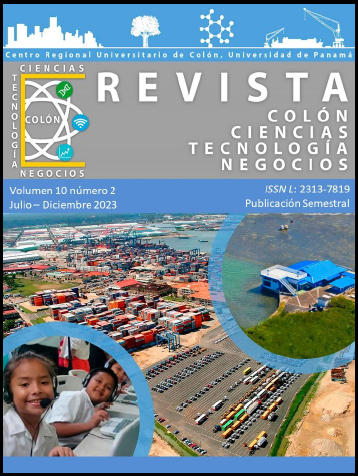

Derechos de autor 2023 Revista Colón Ciencias, Tecnología y Negocios

Esta obra está bajo una licencia internacional Creative Commons Atribución-NoComercial-CompartirIgual 4.0.
A lo largo de la historia, los aceites esenciales se han extraído de fuentes naturales como las plantas para diversas aplicaciones como farmacología, química y cosmética. El proceso de extracción involucra técnicas que van desde la destilación esencial con vapor hasta otras más técnicas como fluidos supercríticos e hidrodestilación asistida por microondas, cada una con rendimientos variables. El estudio analizó diferentes métodos de extracción de aceites esenciales mediante análisis documental cualitativo y cuantitativo. Se realizó el análisis estadístico utilizando el programa Statgraphics Centurion XVI. Los resultados muestran que la hidrodestilación asistida por microondas es el método más eficiente para la extracción de aceites esenciales independientemente del material vegetal utilizado. Otros métodos no mostraron efectos significativos según nuestro análisis ANOVA con un valor-P inferior a 0,05 y un nivel de confianza del 95,0 %.